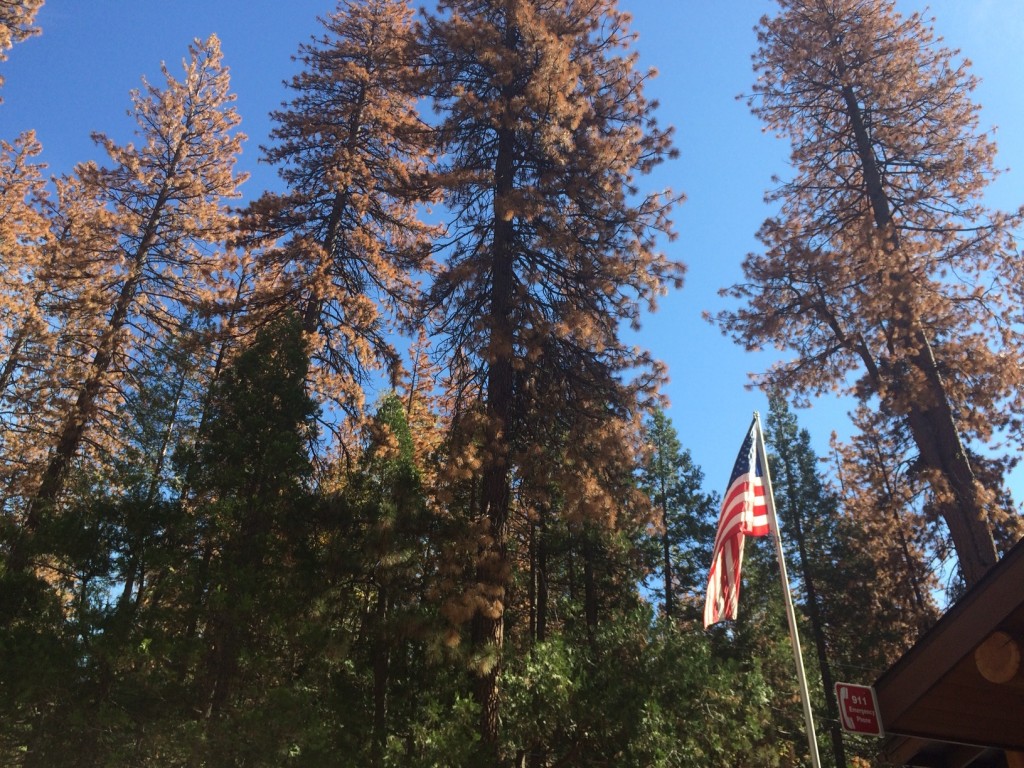My former Berkeley Law colleague Steve Weissman and his twin boys Alex and Eli have an op-ed in the San Francisco Chronicle arguing that our fire prevention approach has the incentives all wrong:
For more than 100 years, land managers in the United States have treated wildfires as an ignition issue. The logic is: If we prevent wildfires from starting in the first place, the problem is solved.
Such aggressive fire suppression has also driven regulation: The person or entity legally responsible for igniting the fire faces financial consequences. This approach has brought about safer transmission lines and encouraged campers to extinguish their campfires.
Even so, mega-fires not only persist, but are larger and becoming more frequent. This is because ignitions are not the cause of bigger wildfires. Increasingly, destructive wildfires are a consequence of changing climate, mismanagement of flammable vegetation and building in fire-prone areas.
The Weissman trio recommend holding individual property owners to account for how they maintain their property. Policy makers should also plan new communities with fire breaks in mind.
Otherwise, the climate change-induced fires we’re seeing will become more severe, with the financial losses pinned on insurance companies, utilities, and property owners themselves. It certainly behooves all of us to encourage better land management by those who own their properties.
Ever since California was invaded in the nineteenth century and eventually absorbed by the U.S., our land management practices have been atrocious. Mining and lumber companies went to work clear cutting most of the forests, including even rare giant sequoias, using the wood for mine shafts and other infrastructure.
Then, compounding matters, land managers have actively suppressed forest fires, leading to overgrown forests ripe for catastrophic fires and now intense tree die-offs due to drought and climate change.
Contrast this to Native California land management, which involved regular burns that cleared out the forest understory and left giant, well-spaced trees to thrive.
Now a new UC Berkeley study documents how controlled fires can provide all sorts of benefits for forest health and water supply:
“When fire is not suppressed, you get all these benefits: increased stream flow, increased downstream water availability, increased soil moisture, which improves habitat for the plants within the watershed. And it increases the drought resistance of the remaining trees and also increases the fire resilience because you have created these natural firebreaks,” said Gabrielle Boisramé, a graduate student in UC Berkeley’s Department of Civil and Environmental Engineering and first author of the study.
You can see more in the video above from the San Francisco Chronicle.
Meanwhile, the forests in the central and southern Sierra Nevada are experiencing an unprecedented pine tree die-off, due to the drought and climate change, as I mentioned above. Had these forests been managed properly, the pine trees would not have been able to grow back in water-competing clumps and might have been better able to withstand the drought.
Below is a photo I took from Yosemite National Park last weekend, where towering dead pines are going to be cleared out soon, leaving the area almost unrecognizable, and perhaps permanently altered. Let’s hope this situation motivates more responsible forest management practices going forward (tree thinning and controlled burns), as well as a stepped up fight against climate change.



